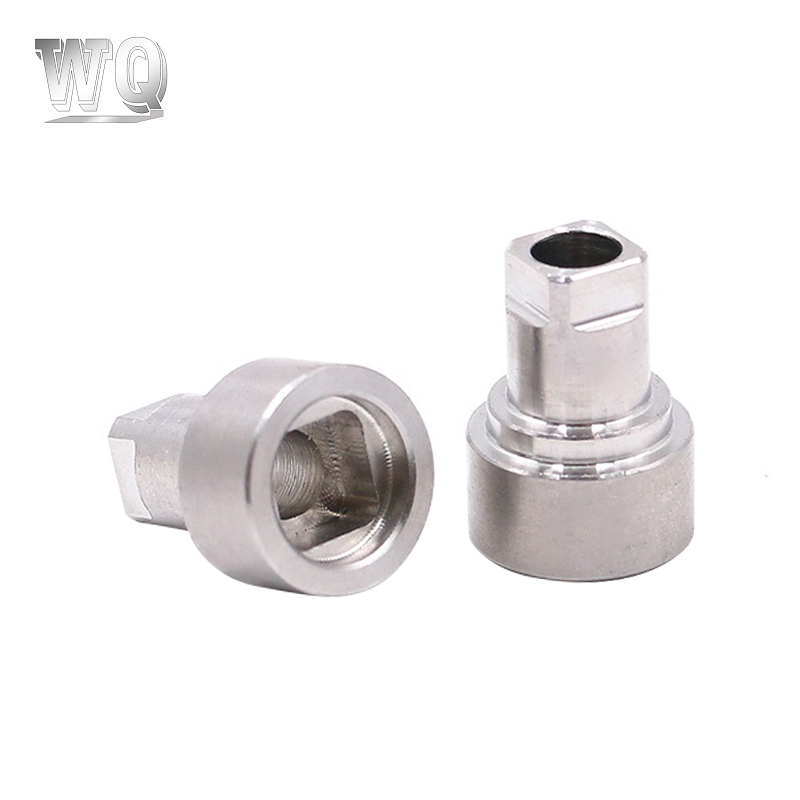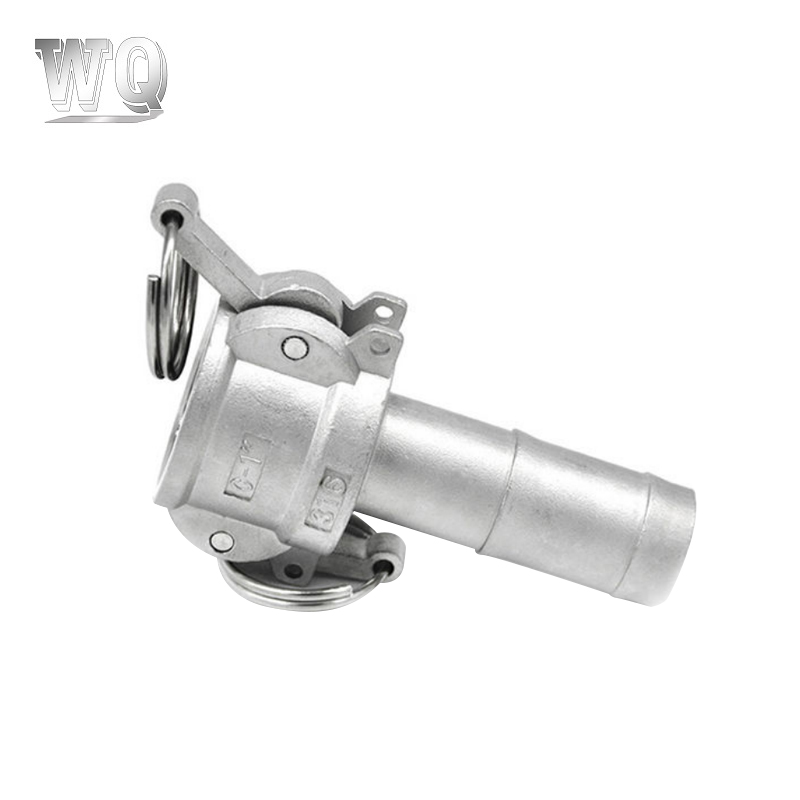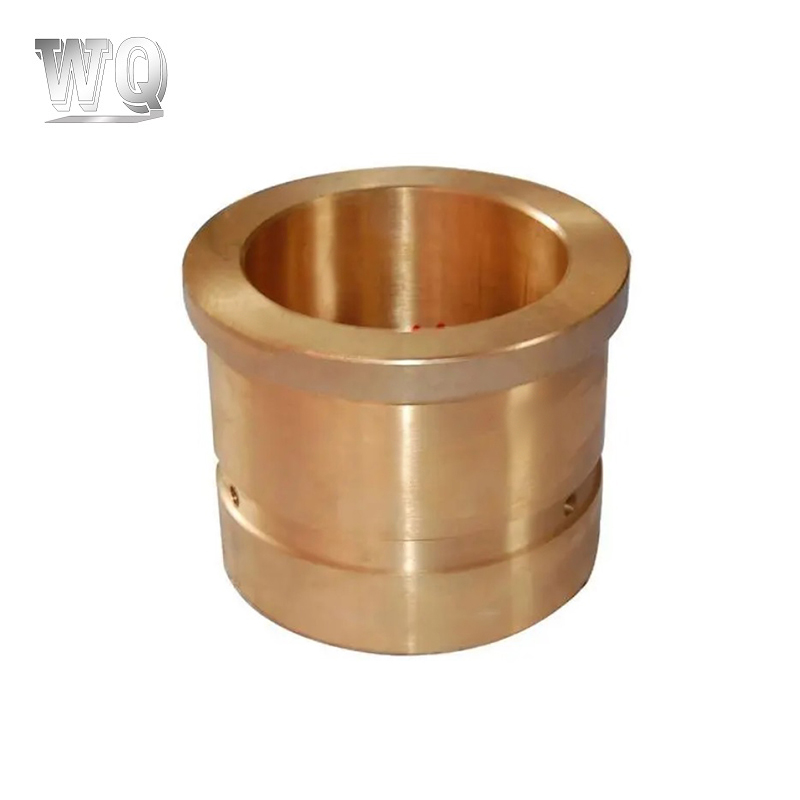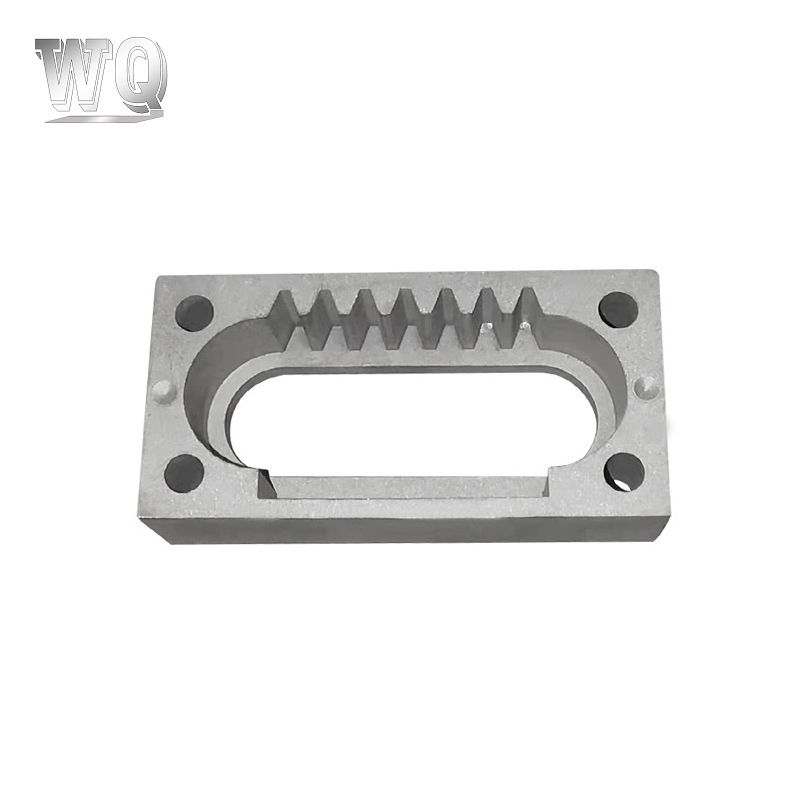In the stainless steel casting process, defects such as pores and cracks are common quality problems. They not only affect the appearance of the casting, but may also affect its mechanical properties and service life. The following are the causes of these defects and corresponding preventive measures:
Porosity is a cavity formed on the surface or inside of the casting, usually caused by the entrainment or dissolution of gas. Porosity not only affects the strength and sealing of the casting, but may also cause the fatigue performance of the casting to deteriorate.
Causes:
Gas entrainment during casting: During casting, if the metal liquid comes into contact with air and volatile substances (such as volatile gases in the sand mold), it is easy to entrain gas and form pores.
Casting temperature is too high or too low: Too high temperature may cause the metal liquid to be too active and gas is easily adsorbed; too low temperature may cause the metal liquid to have poor fluidity and gas cannot be discharged.
Poor casting mold: Poor ventilation of the casting mold or unreasonable gate design will cause gas to accumulate in the casting mold and form pores.
The gas content of the metal liquid is too high: if too much gas (such as oxygen, nitrogen, hydrogen, etc.) is dissolved during the metal smelting process, it will also cause the formation of pores.
Preventive measures:
Control the casting temperature: Keep the casting temperature within the appropriate range, avoid too high or too low temperature, to ensure the fluidity of the metal liquid and reduce the dissolution of gas.
Optimize the mold design: Ensure that the mold has good ventilation performance and avoid the accumulation of gas in the mold. You can design a reasonable exhaust duct or use a sand mold with good ventilation.
Improve the pouring system: Reasonably design the gate, riser and runner to ensure smooth flow of the metal liquid and reduce gas entrainment and retention.
Use degassing equipment: During the smelting process, use vacuum degassing or other degassing equipment (such as argon degassing) to reduce the dissolved gas in the metal liquid.
Improve the quality of smelting: Avoid excessive stirring or smelting for too long to reduce the entry of air.
Cracks are one of the most serious defects in castings, which usually occur in the cooling stage of the casting process. Cracks may be caused by thermal expansion and contraction of the metal, stress concentration, etc.
Causes:
Uneven casting cooling: The cooling rates inside and outside the casting are inconsistent, resulting in the accumulation of thermal stress, which in turn causes cracks.
Irrational casting design: Irrational structural design, such as too thin wall thickness, too large or too small holes, can easily cause uneven cooling or stress concentration, which can cause cracks.

Excessive casting temperature: Too high a casting temperature may cause more impurities in the metal liquid, which may cause internal stress during the solidification process and cause cracks.
Metal shrinkage: Metal shrinks during solidification. If the shrinkage process is not controlled, it may cause cracks or deformation in the casting.
Metal impurity: If the molten stainless steel metal contains more impurities (such as sulfur, phosphorus, etc.), these impurities may increase the brittleness of the casting and easily cause cracks.
Preventive measures:
Reasonable design of casting structure: When designing castings, avoid excessive wall thickness differences, use reasonable thickness gradients to reduce stress concentration; reasonably arrange reinforcing ribs or reinforcement ribs to help uniform cooling and avoid cracks.
Optimize the cooling process: Control the cooling rate during the casting process to make the temperature gradient inside the casting as uniform as possible. Avoid sudden temperature changes (such as local cooling too fast) and adopt slow and uniform cooling methods.
Use appropriate casting temperature: control the melting temperature so that it can ensure the fluidity of the metal and avoid excessive impurities caused by excessive temperature.
Adjustment of alloy elements: reduce the content of brittle elements and improve the toughness of castings through appropriate alloy design.
Optimize the pouring system and riser design: ensure uniform temperature inside and outside the casting to avoid large-area thermal stress. Reasonably design the pouring system to ensure that the metal liquid can flow smoothly.
Cold shut refers to the separation zone or seam caused by the incomplete fusion of metal liquid during the casting process, which usually occurs at the contact point of metal liquid with poor fluidity.
Causes:
Poor fluidity of metal liquid: The temperature of metal liquid is too low, resulting in poor fluidity, unable to smoothly fill each part of the casting mold, forming a cold shut.
Improper casting mold design: The shape of the casting mold is complex and the pouring system is unreasonable, resulting in poor flow of metal liquid and inability to completely merge.
Poor pouring speed: If the speed is too slow during the pouring process, the metal liquid cools too quickly and fails to fuse in time, forming a cold shut.
Preventive measures:
Improve the fluidity of the metal liquid: control the melting temperature to ensure that the metal liquid has sufficient fluidity to smoothly fill every part of the casting.
Reasonably design the pouring system: optimize the design of the gate, riser and runner to ensure the speed and direction of the metal liquid flow and avoid the occurrence of cold shut.
Accelerate the pouring speed: use a higher pouring speed to ensure that the metal liquid fills the casting in time and can be fully fused.
By taking the above measures, common defects such as pores, cracks, cold shuts and shrinkage holes in the stainless steel casting process can be effectively prevented and reduced, thereby improving the quality and performance of the castings.









